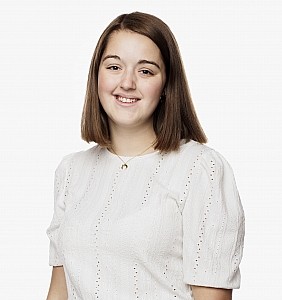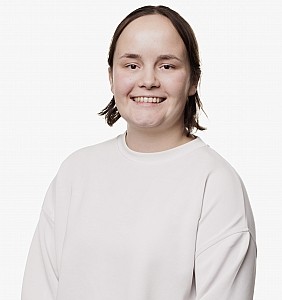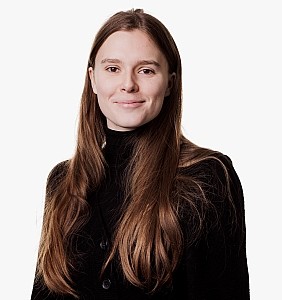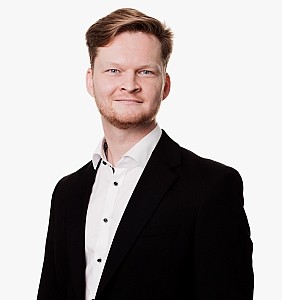SPC Blog - Part 2: The Essential Role of a Basic Patent in Force: Article 3(a)
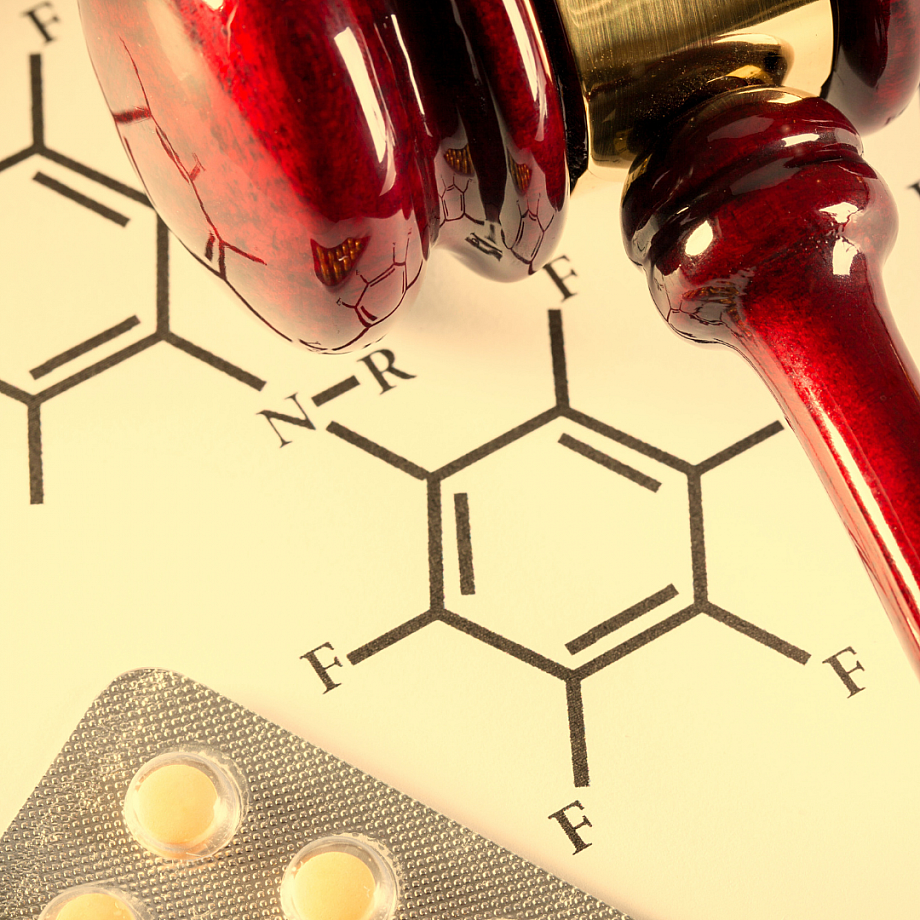
The Supplementary Protection Certificate (SPC) Regulation is a vital mechanism within the European Union designed to compensate patent holders for the lengthy time required to bring pharmaceutical and plant protection products to market. Specifically, it addresses the delay caused by the regulatory approval processes, which can significantly shorten the effective market exclusivity enjoyed under patent protection. By extending patent protection for up to five years, with an additional six-month extension for pediatric medicines, the SPC Regulation helps innovators recoup some of the time lost during the product’s development phase.
Introduced as part of the EU's efforts to foster innovation, especially in the life sciences and pharma sector, the SPC regime has become a cornerstone for pharmaceutical and agrochemical companies looking to extend their market monopoly on groundbreaking products. However, securing an SPC is not automatic; the process is governed by criteria laid out in the respective Regulations (Regulation (EC) N° 469/2009 for pharmaceutical inventions and Regulation (EC) N° 1610/96 for plant protection).
At the heart of the SPC Regulation lies Article 3, which establishes the core conditions for obtaining a supplementary protection certificate. This article is the subject of extensive judicial interpretation by the Court of Justice of the European Union (CJEU), as it determines the eligibility of products for extended protection. Article 3 encompasses four key requirements that govern whether
- a product is protected by a basic patent, (Article 3(a))
- has a valid marketing authorization, (Article 3(b))
- has not already been the subject of an SPC, (Article 3(c)) and
- that the marketing authorization in question is the first authorization to place the product on the market. (Article 3(d))
In this series of articles, we will explore the sub-articles of Article 3 (3(a), 3(b), 3(c), and 3(d)), and examine how various CJEU decisions have shaped the interpretation of these provisions.

Article 3(a): Protected by a Basic Patent in Force
Article 3(a) of the SPC Regulation is a fundamental requirement for obtaining an SPC. It stipulates that, at the date of the application, the product for which an SPC is sought must be protected by a basic patent in force. This requirement ensures that the SPC extends the protection afforded by the patent that specifically covers the active ingredient or combination of ingredients in the medicinal or plant protection product.
1. Understanding the "Basic Patent in Force"
The "basic patent" in the context of Article 3(a) refers to the patent that confers protection on the active ingredient or combination of active ingredients of a product. This patent is typically the original patent that covers the specific innovation for which market exclusivity is sought. The importance of this requirement is that the SPC can only extend the life of an existing, enforceable patent; without a valid patent in place, there is no foundation for the SPC to build upon.
2. Case Law on Article 3(a) of the SPC Regulation
The interpretation of what constitutes a "product protected by a basic patent in force" has been the subject of significant judicial scrutiny in various cases before the Court of Justice of the European Union (CJEU).
A key case that has shaped the understanding of Article 3(a) is C-322/10, Medeva BV v. Comptroller-General of Patents (2011), regarding European Patent EP1666057. In the Medeva case, the CJEU clarified that an SPC can only be granted for active ingredients that are explicitly "specified in the wording of the claims" of the basic patent.
The Court ruled that it is not sufficient for an active ingredient to be implied or broadly covered by a general functional definition; it must be explicitly specified in the wording of the patent claims. Moreover, the Court held that an SPC cannot be granted for a product containing multiple active ingredients when the basic patent specifically claims only one of those ingredients. This established the principle that the patent claims must explicitly cover the product for which SPC protection is sought, including all relevant active ingredient(s).
As a result, the Medeva decision set a strict standard for the connection between the claims of a patent and the product that can be the subject of SPC protection.
Further, the C-493/12, Eli Lilly and Company Ltd v. HGS (2013) case, regarding UK0939804 in name of HGS, refined the Medeva ruling by addressing the situation where the active ingredient, in the present case an antibody, is defined in functional terms, and thus not defined structurally.
The CJEU held that for an active ingredient to be considered as “protected by a basic patent in force”, it is not necessary for the active ingredient to be identified in the claims of the patent by a structural formula, and thus that a functional definition is sufficient, provided that the claims of the patent, interpreted in light of the description, “implicitly but necessarily and specifically” relate to the active ingredient in question (i.e., the product for which an SPC is sought).
This means that the claims can include functional language, provided that the product can be directly and unambiguously deduced from the patent claims by a person skilled in the art. This decision allowed greater flexibility by accepting functional definitions in some cases, but still emphasized the need for the product to be identifiable within the scope of the patent.
A more recent and influential decision is C-650/17, Royalty Pharma (2020), regarding European patent EP 1 084 705, which covers methods for lowering blood sugar levels by using dipeptidyl peptidase IV (DP IV) inhibitors. Sitagliptin, a DP IV inhibitor developed by a licensee after the patent application was filed, became the subject of an SPC application by Royalty Pharma. The company applied for the SPC in 2014, citing the basic patent and a marketing authorization for Januvia, a drug containing sitagliptin, issued in 2007.
Royalty Pharma’s SPC application was rejected, because sitagliptin, though covered by a general functional claim, was not explicitly disclosed in the basic patent and further because this product itself was developed only later by a licensee.
In this case, the CJEU addressed whether a product covered only by a functional claim in the patent, and thus not individually disclosed in the patent, could still be protected under Article 3(a) of the SPC Regulation. In addition, the Court addressed whether a product developed after the filing date of a basic patent, as a result of an independent inventive step, could still be protected under Article 3(a) of the SPC Regulation.
The CJEU ruled that a product can be protected under Article 3(a) when it is not explicitly mentioned in the claims if it is “necessarily and specifically” covered by one of the claims. For this, two conditions must be met. Firstly, the product for which protection is sought must “necessarily” come under the invention covered by the patent, as understood by a person skilled in the art in light of the description and drawings; and secondly, the product must be “specifically” identifiable based on the information in the patent, considering the prior art available at the filing date or priority date of the patent.
In the case in question, the product (sitagliptin) was not explicitly mentioned in the patent, but it met a functional definition, and it was thus “necessarily” under the invention covered by the claims. The Court left it to the national court to verify whether sitagliptin was “specifically” identifiable by a person skilled in the art based on the information in the basic patent.
Thirdly, the Court held that it was not the purpose of the SPC to extend the protection by the basic patent beyond the invention which that patent covers, and thus a product developed through an independent inventive step after the patent’s filing date cannot be protected by the basic patent, even if it falls under the patent’s functional claim.
This ruling restricts the scope of SPC protection for products not explicitly disclosed in the basic patent and emphasizes that products developed independently post-filing are not eligible for SPCs, which has significant implications for patent holders, licensees, and generics manufacturers.
3. Practical Implications
For patent holders, the key takeaway from Article 3(a) and the related case law is the importance of drafting clear, precise patent claims that directly cover the product intended for SPC protection. This involves anticipating future products and regulatory requirements during the patent drafting process. Companies must also ensure the ongoing validity of their patents, as any challenges or invalidations could jeopardize SPC potential. Regular patent audits and strategic patenting practices are essential to maintain the foundation for SPC applications.
4. Conclusion on Article 3(a) of the SPC Regulation
Article 3(a) of the SPC Regulation functions as a gatekeeper for SPC eligibility, emphasizing the need for a clear link between the SPC and the underlying patent protection. It requires that the product in question must be "protected by a basic patent in force" at the time of the SPC application. This condition ensures that only those products “necessarily and specifically” covered by the claims of the patent while in some cases still allowing functionally defined products, can receive SPC protection, reinforcing the connection between patent protection and SPC eligibility.
Through various rulings, including Medeva (C-322/10 in 2011), Eli Lilly v HGS (C-493/12 in 2013), and Royalty Pharma (C-650/17 in 2020), the Court of Justice of the European Union has clarified and refined the interpretation of what it means for a “product” to be "protected by a patent in force”. These cases highlight that while functional definitions in patents may sometimes suffice, the product must still “necessarily” come under the invention covered by the patent, as understood by a person skilled in the art in light of the description and drawings, and must be “specifically” identifiable based on the information in the patent, considering the prior art available at the filing date or priority date of the patent. Moreover, products developed after the patent filing through independent inventive steps are not eligible for SPC protection, even if they fall under a broad functional claim.
Understanding the nuances of these rulings is crucial for patent attorneys, applicants, patent owners, and companies applying for an SPC. Missteps in interpreting Article 3(a) can lead to the rejection of SPC applications, which could significantly affect the market exclusivity of key pharmaceutical and plant protection products. Therefore, a deep understanding of Article 3(a), along with its evolving judicial interpretation, is essential for drafting robust patent claims and aiming for successful SPC applications.
Would you like to know more about the subject or need expert advice on your specific case? Do not hesitate to contact us.
Avez-vous une question?
Nous serons heureux de vous aider.
Prenez librement un rendez-vous avec un de nos experts.
Rassurez-vous, vous n'êtes pas seul.
Naviguez dans la FAQ. Avez-vous encore des doutes,
n'hésitez pas à nous contacter.

